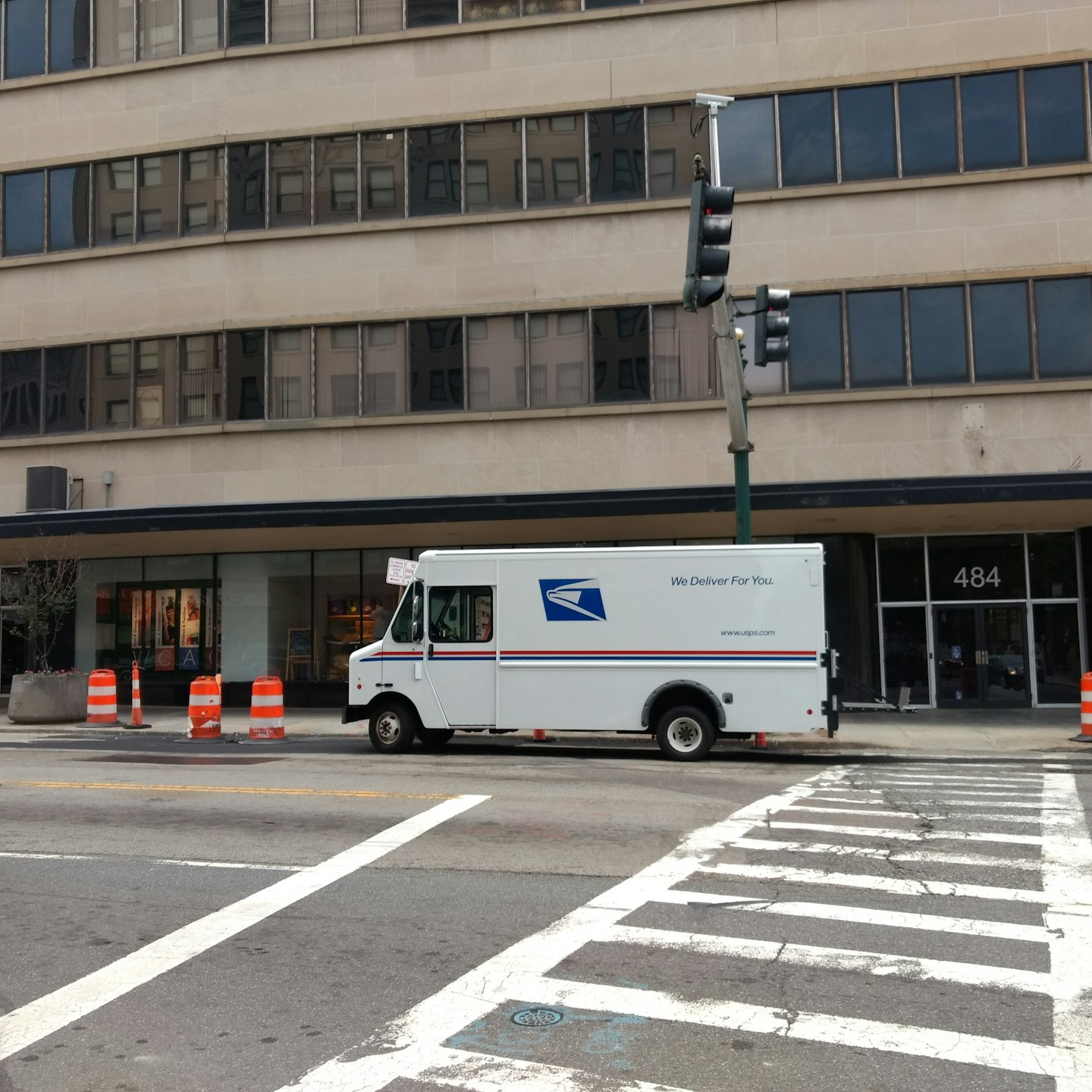Key Takeaways
-
Coordinating Postal Service Health Benefits (PSHB) with Medicare in 2025 requires understanding enrollment periods and how coverage options interact.
-
Knowing the timing for Medicare Part A and Part B enrollment is essential to avoid penalties and maintain continuous coverage.
Understanding PSHB and Medicare in 2025
Postal Service Health Benefits (PSHB) began in 2025 as the new health insurance program for USPS employees, retirees, and eligible family members. It replaced the Federal Employees Health Benefits (FEHB) program for postal workers while maintaining similar structures for coverage and government contributions. Medicare remains a separate federal health insurance program primarily for people aged 65 and older. For many PSHB enrollees, especially retirees, coordinating these two programs can provide broader coverage and reduced out-of-pocket costs.
The transition from FEHB to PSHB has brought new rules for Medicare coordination. Certain Medicare-eligible postal retirees and family members must enroll in Medicare Part B to keep their PSHB coverage. Understanding when and how to enroll in Medicare is now more critical than ever.
Why Enrollment Timing Matters
Missing your Medicare enrollment window can result in late penalties, gaps in coverage, and higher costs. The PSHB rules in 2025 are designed to ensure that retirees align their PSHB benefits with Medicare when they become eligible.
The most common issue retirees face is failing to sign up for Medicare Part B on time. If you delay enrollment without qualifying for a Special Enrollment Period, you may face a permanent premium penalty. This can also affect how your PSHB plan coordinates benefits, leading to higher out-of-pocket expenses.
Medicare Part A and Part B Basics
Medicare is divided into multiple parts:
-
Part A (Hospital Insurance): Covers inpatient hospital care, skilled nursing facilities, and some home health care. Most people qualify for premium-free Part A if they worked and paid Medicare taxes for at least 40 quarters.
-
Part B (Medical Insurance): Covers outpatient services, physician visits, preventive care, and durable medical equipment. In 2025, the standard Part B premium is $185 per month, with higher premiums for higher-income individuals.
For PSHB retirees, enrolling in both Part A and Part B is generally recommended. PSHB plans often reduce cost-sharing and waive certain deductibles for those with Part B coverage.
Key Enrollment Periods
You must know the Medicare enrollment timelines to ensure seamless coverage.
Initial Enrollment Period (IEP)
The IEP is your first opportunity to sign up for Medicare and lasts for seven months. It includes:
-
Three months before your 65th birthday month
-
Your birthday month
-
Three months after your birthday month
If you enroll during the first three months, coverage begins the first day of your birthday month. Enrolling later may delay the start of your coverage.
General Enrollment Period (GEP)
If you miss your IEP, you can enroll during the GEP from January 1 to March 31 each year. Your coverage will start on July 1, and you may incur late penalties.
Special Enrollment Period (SEP)
The SEP applies if you or your spouse had active employment and health coverage beyond age 65. You can sign up for Medicare Part B without penalties for up to eight months after your employment or coverage ends.
In 2024, USPS offered a Special Enrollment Period for retirees who had not previously enrolled in Part B. This ended on September 30, 2024, in preparation for PSHB. As of 2025, normal Medicare SEPs apply.
PSHB and Medicare Coordination
PSHB plans are structured to work with Medicare to reduce out-of-pocket costs. When you have both PSHB and Medicare:
-
Medicare pays first for covered services.
-
Your PSHB plan acts as secondary coverage, covering most remaining costs.
This coordination can significantly reduce hospital, outpatient, and prescription expenses.
Prescription Coverage
For Medicare-eligible retirees, PSHB integrates with a Medicare Part D Employer Group Waiver Plan (EGWP). This setup includes:
-
A $2,000 annual cap on out-of-pocket prescription drug costs.
-
Expanded pharmacy networks and capped insulin costs.
Failing to enroll in Medicare Part B can result in losing PSHB prescription benefits.
Timing Your Enrollment with Retirement
Your retirement date affects when you should sign up for Medicare:
-
If you retire before 65, you should enroll in Medicare as soon as you become eligible.
-
If you retire after 65, you may delay Part B without penalty while actively working and covered under a PSHB plan.
However, once you retire, the SEP window (eight months) applies, after which late penalties may begin.
Avoiding Late Penalties
The late enrollment penalty for Medicare Part B is 10% of the premium for each 12-month period you were eligible but not enrolled. This penalty is permanent. Ensuring timely enrollment during IEP or SEP is the best way to avoid this cost.
What PSHB Enrollees Should Do in 2025
If you are approaching 65 or are already Medicare-eligible:
-
Confirm your PSHB plan and determine whether you need Medicare Part B.
-
Mark your calendar for your Initial Enrollment Period.
-
Compare costs and coverage between Medicare and PSHB.
-
Enroll in Medicare Part A and Part B on time to avoid penalties.
-
Review how your PSHB plan coordinates with Medicare, including prescription coverage.
Transition from FEHB to PSHB
The shift from FEHB to PSHB changed the rules for Medicare coordination. While FEHB encouraged but did not require Part B enrollment, PSHB mandates it for certain groups. If you retired before January 1, 2025, and are not enrolled in Part B, you may qualify for exemptions. For those retiring in 2025 and beyond, enrolling in Part B is typically required to maintain full PSHB coverage.
Costs and Benefits in 2025
General Medicare costs in 2025 include:
-
Part A: Free for most, otherwise $518 per month for fewer than 30 quarters of work.
-
Part B: $185 monthly standard premium, plus a $257 deductible.
-
Part D: A maximum deductible of $590 with a $2,000 out-of-pocket cap.
Pairing PSHB with Medicare reduces these costs by limiting what you pay out of pocket for services. PSHB plans often lower copayments and deductibles once Medicare is primary.
Coordinating Coverage for Family Members
PSHB allows family coverage, but Medicare is individual. Each family member must enroll separately when eligible. Failing to enroll one family member in Medicare Part B can affect their PSHB drug coverage and cost-sharing.
Steps to Prepare Now
-
Check Eligibility: Verify when you and your dependents become Medicare-eligible.
-
Review PSHB Benefits: Understand how your PSHB plan coordinates with Medicare.
-
Plan Ahead: Sign up for Medicare three months before your 65th birthday to avoid delays.
-
Use Official Resources: Visit Medicare.gov and OPM’s PSHB page for accurate timelines and forms.
How PSHB Complements Medicare Advantage
While PSHB plans differ from Medicare Advantage, they provide similar supplemental benefits when combined with Original Medicare. Your PSHB plan can cover services not fully paid by Medicare, such as extended hospital stays or additional preventive care.
Preparing for Open Season
Each year from November to December, PSHB Open Season allows you to adjust your health plan. Reviewing your plan during this time is essential if you are Medicare-eligible. Aligning your PSHB selection with your Medicare coverage ensures that you receive the most cost-effective benefits.
Getting Professional Help
Understanding PSHB and Medicare can be complex. Enrollment rules, cost structures, and timelines all affect your healthcare and retirement plans. Licensed agents listed on this website can help you navigate the process and choose the right timing for Medicare and PSHB enrollment.
Making the Most of Your Benefits
PSHB and Medicare can work together effectively in 2025 if you follow the rules and act on time. Being proactive prevents penalties, reduces costs, and provides comprehensive coverage.
Talk to an Expert About Your PSHB and Medicare Choices
Coordinating PSHB with Medicare is a decision that impacts both your health coverage and your finances. If you are uncertain about when to enroll or how the two programs interact, speak with a licensed agent listed on this website for expert advice.













